Affiliate links on Android Authority may earn us a commission. Learn more.
Where Android Oreo’s best features came from
Published onOctober 3, 2017

With the new Pixels right around the corner, we thought it was time to take another look at some of Android Oreo‘s best features. Google’s Android 8.0 Oreo is double-stuffed with new features; some are meant to improve quality of life, while others should be super useful on a daily basis.
However, Android aficionados like yourself may have spotted some of Oreo’s better features before, either in other OEMs’ particular Android flavours, custom ROMs, or other pieces of software. They say that imitation is the sincerest form of flattery, and Android O imitates a lot.
Here are some of the places from which Android may have borrowed some of its best features.
Picture-in-Picture
If you haven’t seen it in action yet, Picture-in-Picture is a feature that shrinks down videos into a smaller floating window so that you can continue to watch as you make use of other apps. It’s kind of like a freeform split-screen mode. The feature has to be supported by the individual app, but you’ll instantly be able to make use of Chrome, YouTube, and VLC, among others.
Picture-in-Picture was already a feature of Android TV, but a similar idea has been floating around a number of OEM Android builds for years. LG, for example, supported floating windows, including video, with its Q Slide technology. However, LG never got around to expanding the feature to work with many third party applications.
Samsung phones have had resizable windows for most apps working for a number of years now. It’s quite a popular option on larger Galaxy Note series handsets and for multitaskers.
In fact, the freeform windows feature made an appearance back with Android Nougat too. Although some configuration was required to get it to work and it certainly wasn’t a flawless implementation.
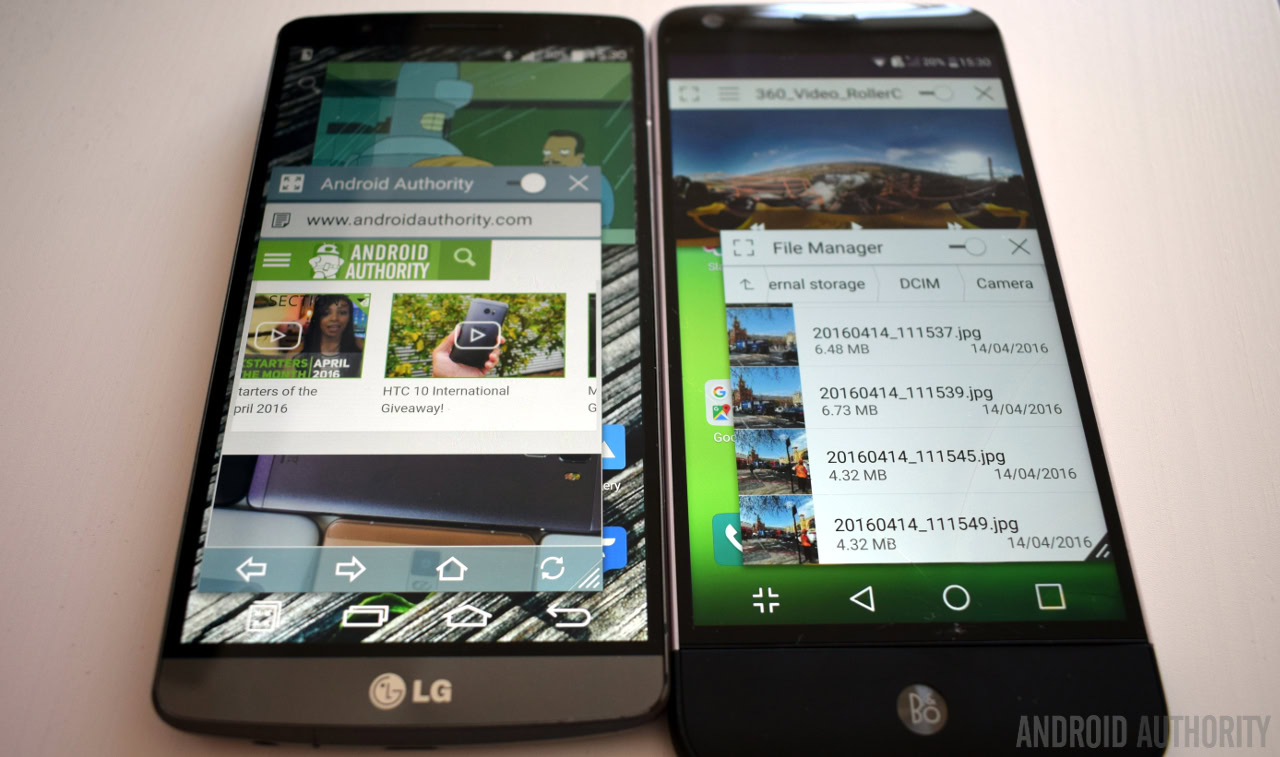
Background Limits
This one isn’t as instantly noticeable as Picture-in-Picture, but the ability to limit what apps can do in the background with the new Background Execution Limits is a notable enhancement for device performance and battery life. However, the idea of killing or more active tasks by strictly controlling background applications isn’t new. Its one of the oldest tricks in the book for those looking to prolong their phone’s battery life.
Automated task killer apps gained notoriety in the early Android days, as users attempted to improve the task management capability of OS versions like Froyo and Gingerbread. Although many of these apps had questionable benefits and many ended up draining about as much battery as they saved, the idea was refined by a few standout applications. Greenify is one such example, which helps users identify background apps that consume a lot of battery or resources, and make them “hibernate” until reopened.
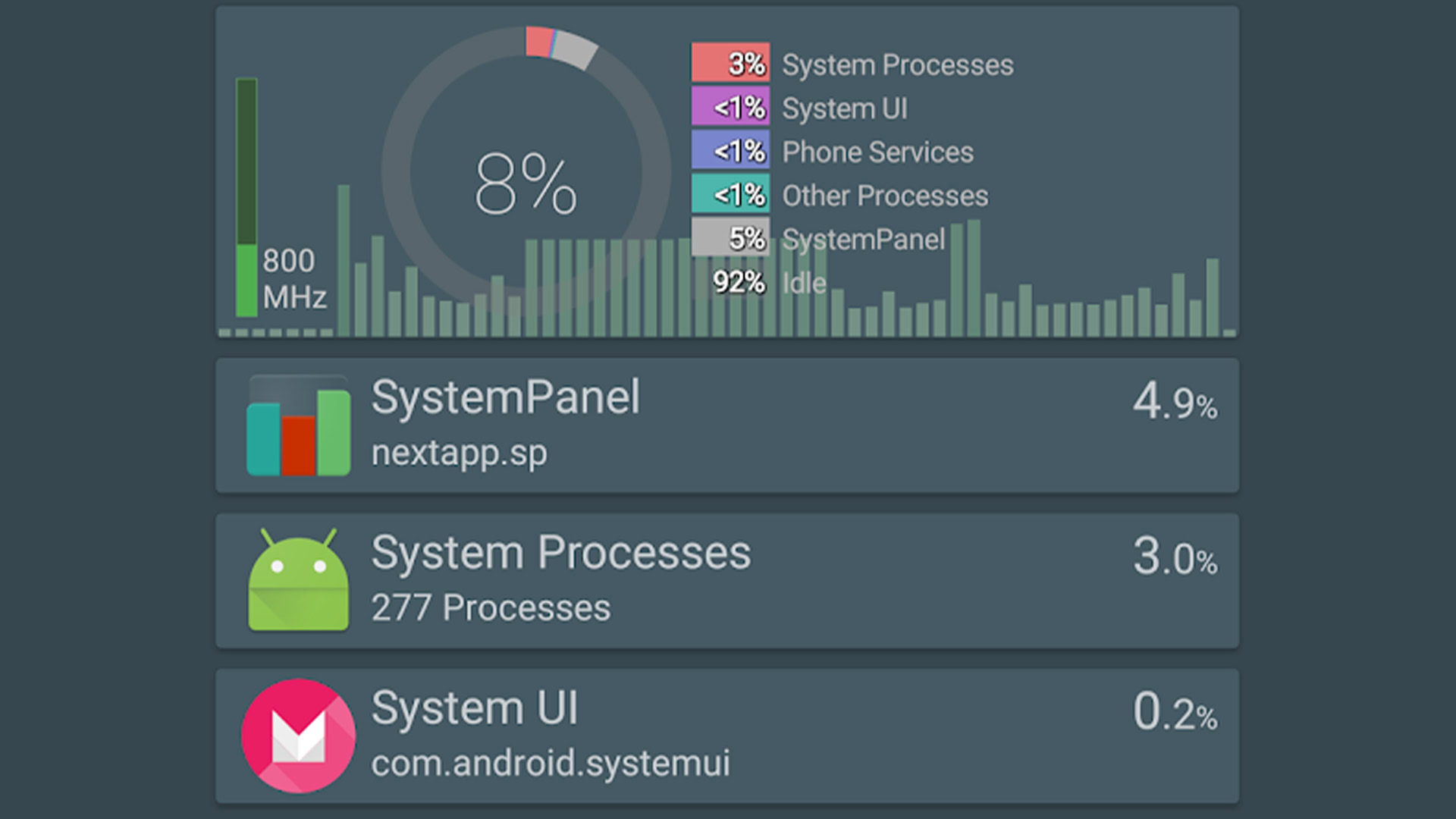
Of course, having to manually configure all of this is a pain in the neck. Google’s take on this idea with Android Oreo is clearly much more refined and will be far more effective, as it’s baked into the actual OS and app APIs directly.
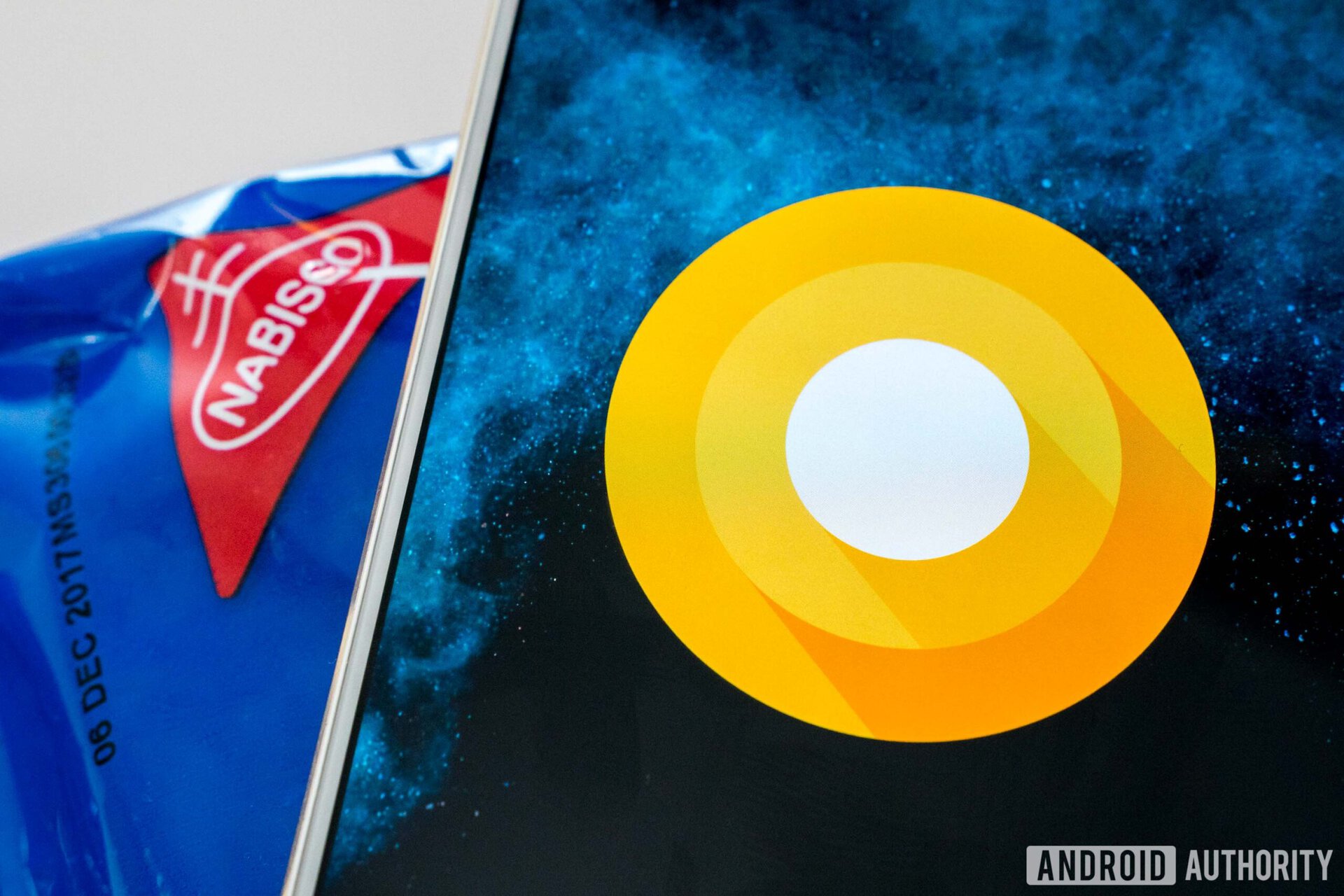
Autofill API
Another quality of life improvement, the introduction of Autofill in Android Oreo will save us all countless hours filling in online forms and login details over the coming years. This is still dependant on app developers doing a little legwork to support the new API, so it’s still going to take some time for autofill to become ubiquitous across the entire Android experience.
Of course, this type of autocomplete technology is nothing new— many use it every day already. Password managers are probably the most obvious examples. Many of these apps and services can automatically detect sites and fields in which to enter your pre-saved secure passwords.
Google’s Chrome and other web browsers have been running similar functionality for a long time already too, and can remember other details in addition to passwords. This includes names, addresses, and even credit card payment information.
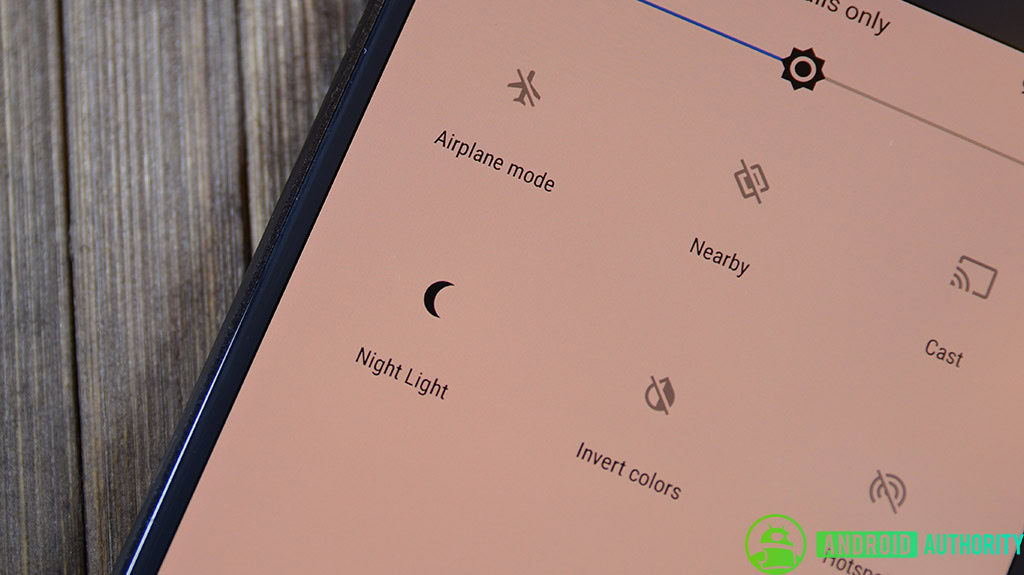
Night Mode
This one isn’t even strictly new to Android, where it made its original debut in Nougat. However, Oreo’s Night Mode now allows users to adjust the color intensity, along with setting up automatic timers. Configurable Night Mode or blue light filter options have been around for a while though. They’ve appeared as a number of Play Store apps, although some of them have required root access to make the most of them.
Some OEMs have even implemented their own versions baked into the OS well before the introduction of Nougat and Oreo. Huawei, ASUS, OnePlus, and Samsung all had the feature before it was added into core Android. Custom ROMs also handily beat Google to the punch, with CyanogenMod introducing its LiveDisplay feature back in CM 12.1, which was built on 5.1.1 Lollipop.
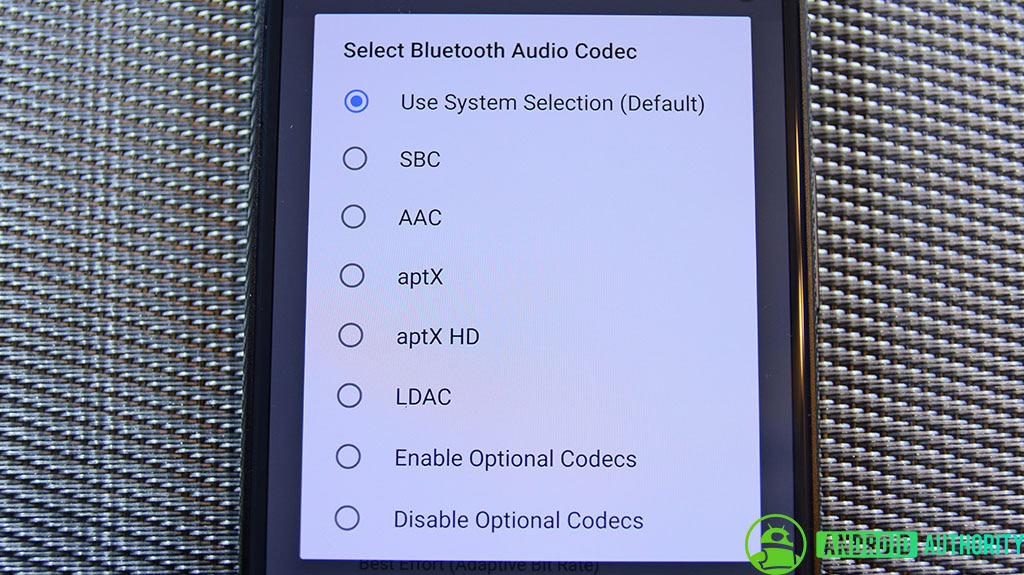
Better Bluetooth audio
One of the other big changes with Android Oreo is the introduction of a Bluetooth codec menu, which will allow users to pick their prefered wireless audio communication protocol, where applicable. The arrival of Android Oreo also incorporates Sony’s impressive high quality LDAC codec into the AOSP too.
However, LDAC isn’t especially new. It’s been part of Sony’s Xperia flagship line-up for a few generations now, starting with the Xperia Z3+. Sony users have had the option to enjoy top notch wireless music streaming for a few years now. We may see more phones feature LDAC in the future, now that it’s directly supported in Oreo.
The option to pick which codec is your preferred option isn’t an Oreo first either, although it’s still a pretty new one. The OnePlus 5 arrived a few months ago and included the option to select your prefered audio codec. Other devices previously handled Bluetooth codecs by attempting to connect to the highest quality connection automatically, but that situation is more complicated now that we have aptX HD and LDAC catering to high quality listening.
Wrapping up
There’s obviously a lot more to Android Oreo than just what’s listed above – and the imminent release of the new Pixels might add some new and exclusive Pixel-only features to the OS. As for the rest of us, the features listed above are great to see, no matter where they came from.
Have you spotted any other Android Oreo features that appeared somewhere else first?